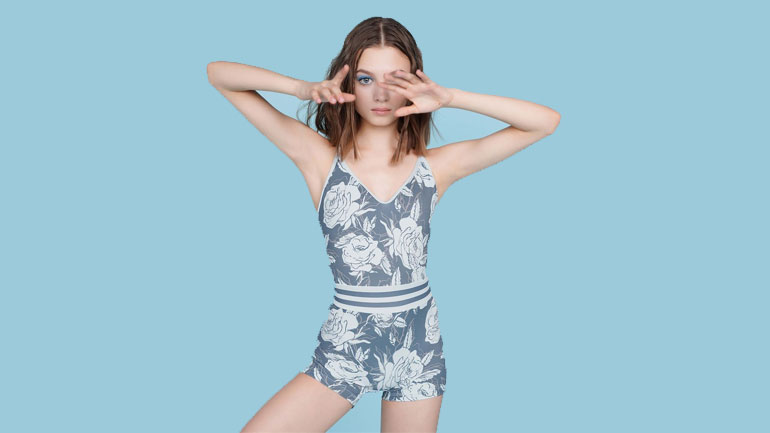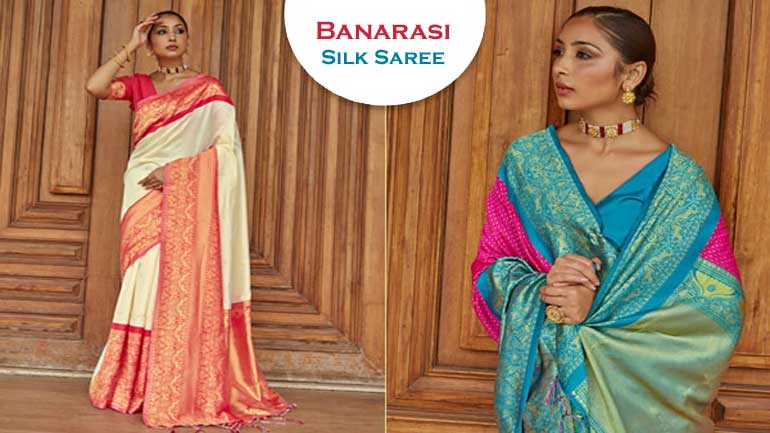
Ballet is considered one of the most beautiful and graceful artistic endeavours. Moreover, those who perform this intricate and challenging craft achieve reverence for their athletic prowess and creative expression. That said, to reach such peak performance, ballerinas and male ballet dancers must wear specially-designed clothing. One such important piece of apparel is the article known as pointe shoes.
Overview
The creation of this type of footwear enables ballet dancers to comfortably and safely execute the movements needed to carry out a performance properly. The encouragement of budding ballet performers understands that not all types of shoes feature the same kind of design. Additionally, their needs might vary depending upon several different factors, and the process associated with choosing the most appropriate designs for their individual needs could be complicated.
Composition
Pointe shoes feature a very sturdy design. Dancers count on these items to not only help them offer a memorable performance but prevent injury.
The shoe’s tip has several layers of thick fabric, paper, and cardboard moulded together into a small box and held in place by glue. The remainder of each shoe is cotton, leather and satin. It is worth noting that pointe footwear is not mass-produced as one-size-fits-all. In most instances, these shoes are custom-made to fit the exact bodily contours of the performer intending to wear them.
With such facts in mind, it should be of little surprise that there are not a significant number of pointe shoemakers. That said, two of the world’s most proficient and respected producers are the Bloch and Freed companies.
The Bloch Brand
The Bloch brand was the brainchild of builder Jacob Bloch, who, though born in Eastern Europe, emigrated to Australia in 1929 in the throes of the Great Depression. The idea for what became the Bloch empire began when the founder, who was a major music and dance enthusiast, visited a Sydney dance school.
The patriarch noticed a dancer experiencing difficulties remaining upright as the result of poorly designed footwear. Following this incident, Bloch made it his life’s work to create the most optimal ballet shoes around. This dream became a reality in 1932 when the first pair of Bloch shoes sprung into existence in his workshop located in Sydney’s Paddington region.
Beginning in the late 1930s and continuing today, some of the most world-renowned performers and thousands of professional and aspiring dancers regularly wear Bloch shoes.
The Freed Brand
Frederick Freed was born in London in 1899 to a sample shoemaker. He continued in the family business and perfected his pointe shoe craft in the late 1920s. Famed ballerinas Margot Fonteyn and Anna Pavlova were amongst his first signature clients. As time progressed, his business, which became known as Freed Of London, grew into one of the most prestigious pointe shoe producers in the world. That fact holds true to the present day.
Differences Between Giants
In modern-day ratings conducted by industry insiders, both Bloch’s and Freed’s designs are ranked in the top five and sometimes the best in the world. Each company is well-known for precision craftsmanship, comfort and quality. However, some might wonder what, if any, differences exist between their products?
Even many ballet industry experts maintain that each brand is of such high quality that denoting one as better than the other is quite tricky. That said, individual dance professionals maintain there may be specific noticeable differences between the two brands.
These individuals share the belief that Bloch products tend to be a bit more robust and hard, which proves somewhat more beneficial for those yet to attain professional status and need a greater amount of support. Freed’s designs are usually intended for professionals because they tend to be quieter to dance on, which proves critical during performances.




